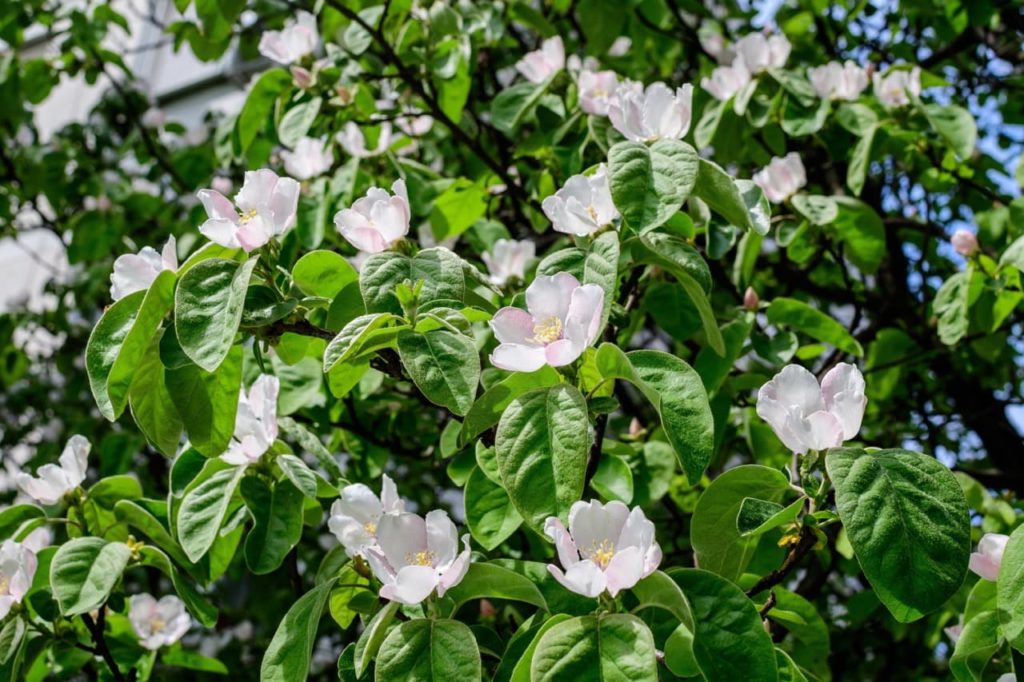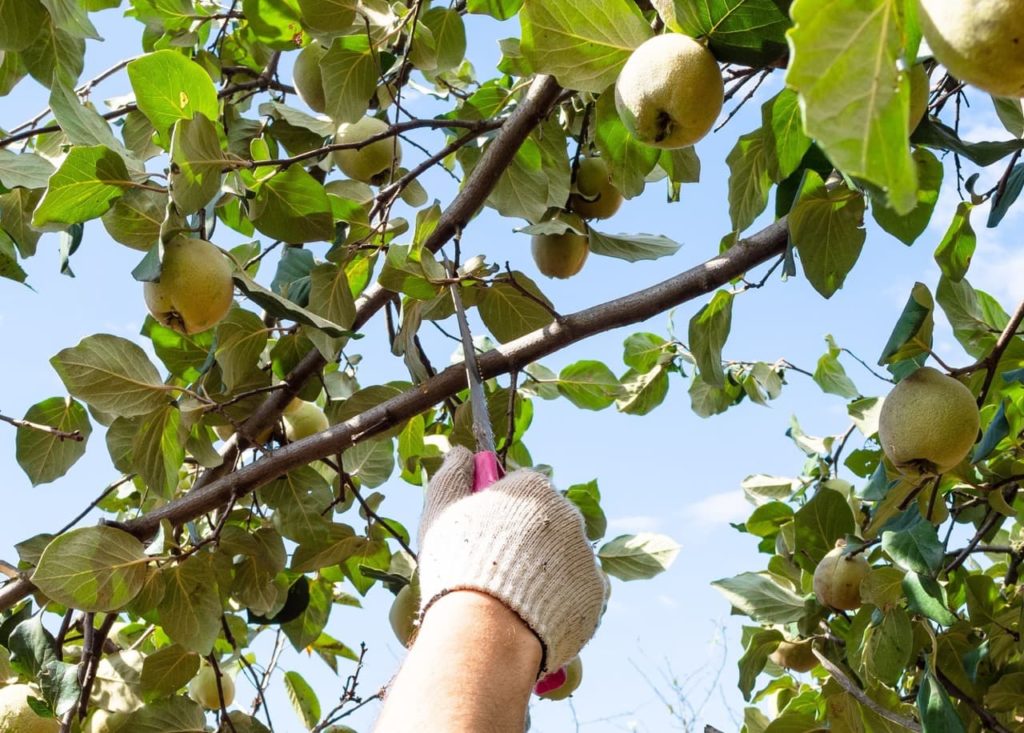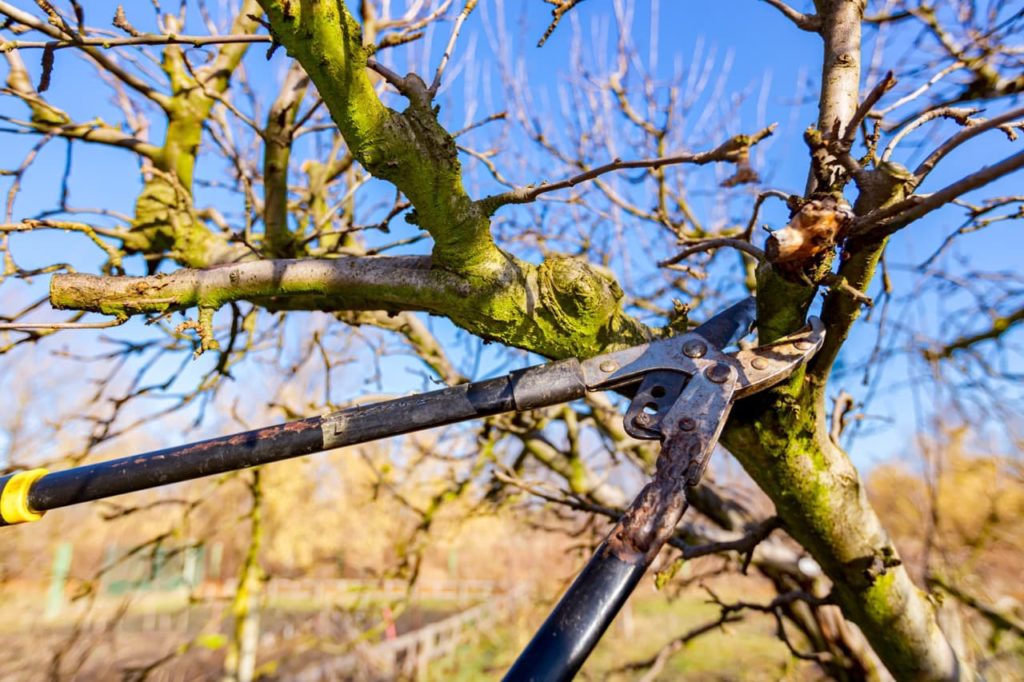Pruning Quince Can Allow Sunlight In And Develop A Well-Formed Framework Of Branches


Elizabeth is a Permaculture Garden Designer, Sustainability Consultant and Professional Writer, working as an advocate for positive change. She graduated from the University of St. Andrews with an MA in English and Philosophy and obtained a Diploma in Applied Permaculture Design from the Permaculture Association.
Reviewed By COLIN SKELLY

Colin is a Horticulturist and Horticultural Consultant with experience in a range of practical and managerial roles across heritage, commercial and public horticulture. He holds the Royal Horticultural Society’s Master of Horticulture award and has a particular interest in horticultural ecology and naturalistic planting for habitat and climate resilience.
IN THIS GUIDE
QUINCE GUIDES
Pruning
Quince trees, Cydonia oblonga, superficially resemble apple trees, and like apple trees, they come in a range of shapes and sizes to suit many UK gardens.
They can be trained to grow in compact forms and there are even quince trees that can grow in pots.
If you have a quince tree in your garden, you might wonder about one key element of its care – pruning.
Pruning quince is a fairly straightforward process, but I would implore you to consider why you are pruning and what exactly you are trying to achieve.
When To Prune Quince
Quince trees should always be pruned sometime between late autumn and early spring while the tree is in its dormant period.
Some may question whether quince needs to be pruned at all and this is certainly a valid question.
Trees can remain happy and healthy for many years, often with no intervention with regards pruning.

However, quince trees can sometimes benefit from pruning to ensure that they have a well-formed framework of branches – with an open shape that allows sunlight in to ripen the fruits.
However, the degree to which a quince will be pruned depends on your goals and its stage of growth.
Pruning Newly Planted Quince Trees
When planting a new quince tree in your garden, you may wish to undertake some initial pruning in order to make sure that the tree takes the shape you desire.
The ways in which you will undertake establishment pruning on a quince is the same as the establishment pruning that is often carried out on apple trees.
To prune to form a standard or half-standard tree, the aim is to produce a goblet-shaped framework of branches atop a bare stretch of trunk at the base.

You will prune out any branches that cross or which create overcrowded conditions in the centre of the crown of the tree and take back new growth to form a well-branched framework.
Carrying out this formative pruning over the early years will mean that you do not need to prune quince anywhere near as much once it is fully established.
Maintenance Pruning
Once a quince tree has become established in your garden, the key is to prune as little as possible.
Only minimal pruning should be required, as long as the tree is well-shaped and well-tended.
Removing any material from the tree that is dead, damaged or diseased annually and thinning out any congested or unproductive branches is all you should need to do.

One of the most important things to remember as you carry out any general maintenance pruning on a quince tree is that quinces are tip-bearers.
This means that they mostly bear their fruits on the tips of shoots that formed during the previous year – so these should not be removed when pruning or much of the potential for fruit will be lost.
Remember this when you’re pruning or you might lose most of the following year’s harvest.
Renovation Pruning On Older Quince Trees
If a quince tree is aged and long-neglected, more extensive renovation pruning may sometimes be required.
Though we usually want to limit quince pruning as much as possible, over time a tree that is not pruned at all may have become very overgrown and congested.
On such trees, it is possible to be a little harsher in how much you remove from the tree when pruning.

However, you should still only remove up to a quarter of the oldest branches at any one time, carrying out the renovation required over a number of years if necessary.
“One of the keys to good renovation pruning is to not remove too much in one year,” shares Horticultural Consultant Colin Skelly.
“Hard pruning will result in strong fresh growth the following year whilst the desired result is more balanced reinvigoration.”
As with younger trees, remember that your goal is still to create an open and balanced form for the tree, with a centre that lets in light for the developing fruits.
Renovating an older tree that is not producing as much fruit can spur it back into production in subsequent years.
Remember, most of the fruit is produced on the tips of branches which grew in the previous year.
